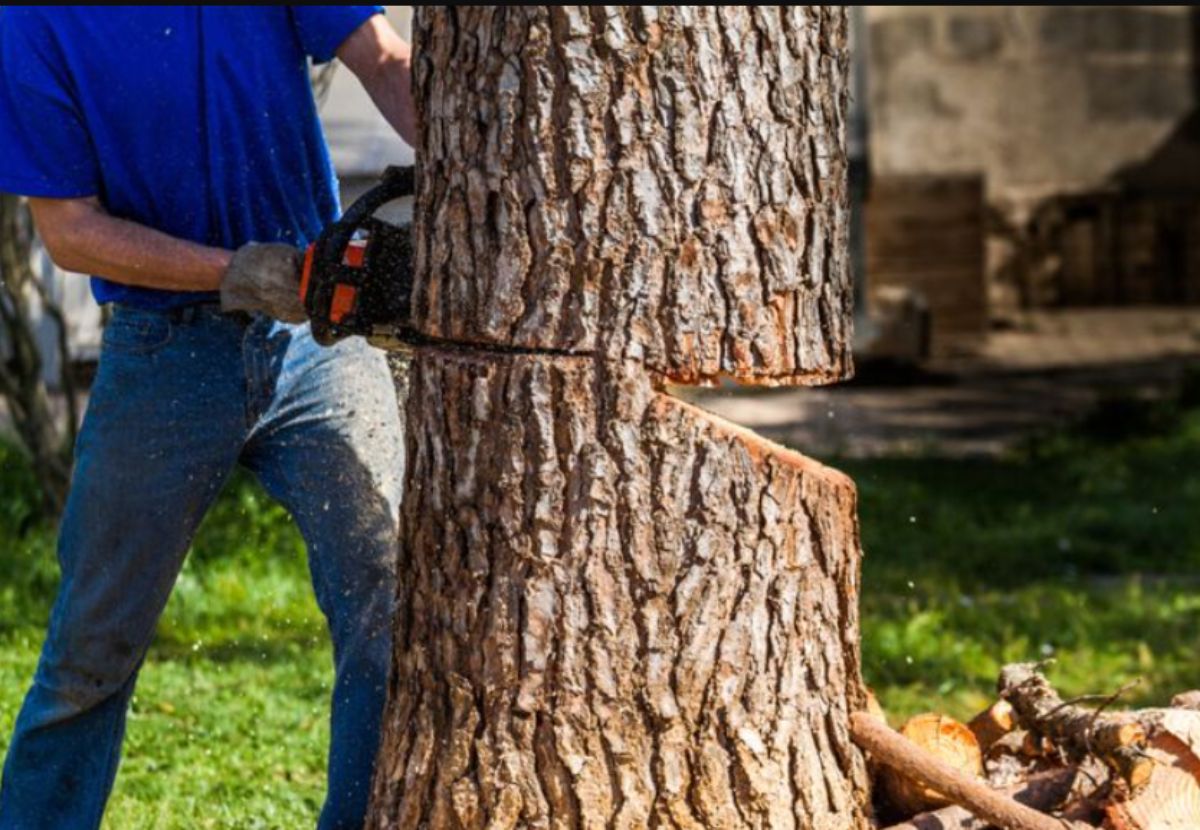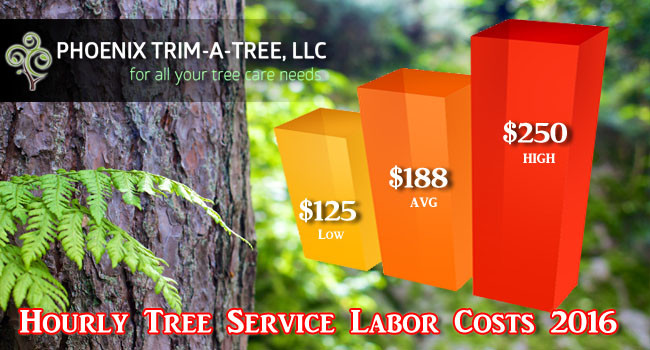Featured
Table of Contents
- – Local Pricing For Stump Grinding In Prospect P...
- – Comparing Prospect Park, NJ Tree Trimming: Whi...
- – Prospect Park, NJ Tree Removal Quote Tool
- – How Long Does A Tree Trimming Installation In...
- – Custom Stump Removal Costs In Prospect Park, NJ
- – Prospect Park, NJ Stump Removal Guarantees: W...
- – Prospect Park, NJ Tree Cutting Payment Options
- – Prospect Park, NJ Tree Cutting vs DIY: Cost ...
- – Essential Stump Removal Prices In Prospect P...
- – Prospect Park, NJ Arborist Fees: What To Know
- – Prospect Park, NJ Stump Removal Consultation...
- – Industrial Tree Removal Pricing In Prospect ...
- – Seasonal Tree Service Costs In Prospect Park...
- – What's The Average Cost For An Tree Trimming...
- – Prospect Park, NJ Stump Removal Common Quest...

The subsections listed below supply more in-depth info about pricing, including a typical variety for each. TypeAverage Elimination CostPineConiferPalmMagnoliaArborvitaeAshCedarSweet GumEucalyptusSycamoreCypressOakMaplePoplar You can expect to pay in between to eliminate a pine, depending upon its size. Eliminating a pine is one of the more budget-friendly tasks unless it is one that has been around for many years and is rather large.
Local Pricing For Stump Grinding In Prospect Park, NJ
Pines also have a tap root that grows deep into the soil, which can prove to be more challenging to remove. The procedure itself involves a specialist cutting the tree, clearing the base, cutting the surface area roots, removing the stump, and finally treating the soil. Without an expert hand, you run the risk of leaving pine seedlings behind, which will fall from the roots of distressed pines.
Comparing Prospect Park, NJ Tree Trimming: Which One Is Right
The U.S. national average for conifer elimination is roughly to have the conifer cut down, hauled away, and the stump ground or gotten rid of totally. Conifers are normally much easier to eliminate, and although they can grow rather high, they do not cost a fortune to remove. Conifers include pine, spruce, fir, and juniper trees.
Prospect Park, NJ Tree Removal Quote Tool
While conifers are stunning, they eliminate native plants and certain types of yard. This is due to the fact that they require a great deal of water and nutrients to survive, so they leach it off surrounding plants. They also have an expansive network of roots, which can affect your home's foundation. The typical cost of palm removal depends upon the height as much as the type, varying from.
How Long Does A Tree Trimming Installation In Prospect Park, NJ
That is why it is essential to understand which type you are eliminating. While you do not require an herbicide to eliminate a palm tree, there are some actions your removal expert will need to require to guarantee the task is done properly. There are two ways they can eliminate them: by slicing them down or digging them up.
Custom Stump Removal Costs In Prospect Park, NJ
This is due to the fact that little animals like rats and scorpions frequently live in them. Plus, lots of types will have spikes, too. From there, they eliminate the actual tree and then the stump. Expect to pay in between to remove this kind of tree, depending upon the specific size and details of the task.
Prospect Park, NJ Stump Removal Guarantees: What's Covered
There are 3 types: green, white, and black ash. White ash is known for its numerous colors. With its gray-tinged bark, its leaves are green or purple in the spring and golden yellow or purplish-red in the fall. They enjoy moderate climates and great deals of sun. The green ash is named such due to its green or yellow foliage.
Prospect Park, NJ Tree Cutting Payment Options

Due to the variation in height, the elimination rate difference is wide from. A coniferous, evergreen tree, the cedar is a hardy types.
Prospect Park, NJ Tree Cutting vs DIY: Cost Analysis
The development of incorrect cedars differs from 50 feet up to 230 feet high. With star-shaped leaves and stunning fall colors, the sweet gum is thought about a medium to big tree.
Essential Stump Removal Prices In Prospect Park, NJ
It has a big root base of 40 to 50 feet, which affects the removal cost. Usually, it costs in between to remove a eucalyptus. Eucalyptus are not typical all over, but they are quite large compared to others, which is why even the smaller sized ones are so costly to eliminate. Initially from Australia, eucalyptus are invasive plants that grow in thick groves that take out native plants.
Prospect Park, NJ Arborist Fees: What To Know
There are a handful of ways to do this, including burning, pulling, grinding, or killing them with herbicide. Expect to pay between to eliminate sycamores, based upon the height, trunk size, and amount of work involved. Sycamores are among the biggest hardwood trees, generally ranging from 60 to 100 feet high and as large as 15 feet.
Prospect Park, NJ Stump Removal Consultation Costs
The first two actions will expose the within the tree and cut off the flow of nutrients up the trunk. From there, a professional applies herbicide to eliminate the tree and cuts down the trunk. They will eliminate the stump. Otherwise, new sprouts may grow from it. Cutting down and getting rid of a mature cypress might cost as much as.
Industrial Tree Removal Pricing In Prospect Park, NJ
There are various types of Cypress trees, however the most widespread are the Leyland, Arizona, Bald, and Italian. The Bald Cypress grows in swampy or very wet areas while the others take pleasure in a dry, warm, or hot environment (tree clearing). They can grow as high as 80 to 100 feet tall
Seasonal Tree Service Costs In Prospect Park, NJ

Prone to illness, the Cypress is among the most treasured woods for furniture. The average oak grows to around 60 feet, and depending on the complexity of the removal, it costs approximately to get rid of. The exact size of your oak and the effort required to fell it affect what you will in fact spend for removal along with any extra services like stump grinding.
What's The Average Cost For An Tree Trimming In Prospect Park, NJ
Access to the trees and the roots will likewise impact the overall cost. Maples can easily grow up to 100 feet or more and generally cost between to remove from your residential or commercial property. The final rate depends on the actual height and intricacy of the task. Maples are normally among the more expensive trees to get rid of because of their size and the work associated with the elimination.
Prospect Park, NJ Stump Removal Common Questions
Growing as high as 90 to 115 feet, these enormous timbers are mainly discovered in North America and consist of the aspen, cottonwood, and balsam trees. The procedure to eliminate trees includes all the trimming and cutting of the branches and trunk, bringing it down to a stump.
Table of Contents
- – Local Pricing For Stump Grinding In Prospect P...
- – Comparing Prospect Park, NJ Tree Trimming: Whi...
- – Prospect Park, NJ Tree Removal Quote Tool
- – How Long Does A Tree Trimming Installation In...
- – Custom Stump Removal Costs In Prospect Park, NJ
- – Prospect Park, NJ Stump Removal Guarantees: W...
- – Prospect Park, NJ Tree Cutting Payment Options
- – Prospect Park, NJ Tree Cutting vs DIY: Cost ...
- – Essential Stump Removal Prices In Prospect P...
- – Prospect Park, NJ Arborist Fees: What To Know
- – Prospect Park, NJ Stump Removal Consultation...
- – Industrial Tree Removal Pricing In Prospect ...
- – Seasonal Tree Service Costs In Prospect Park...
- – What's The Average Cost For An Tree Trimming...
- – Prospect Park, NJ Stump Removal Common Quest...
Latest Posts
Negotiating Tree Clearing Prices In Prospect Park, NJ
Best Tree Removal Reviews In Nephi, UT
Dumont, NJ Stump Removal Upgrade Costs
More
Latest Posts
Negotiating Tree Clearing Prices In Prospect Park, NJ
Best Tree Removal Reviews In Nephi, UT
Dumont, NJ Stump Removal Upgrade Costs